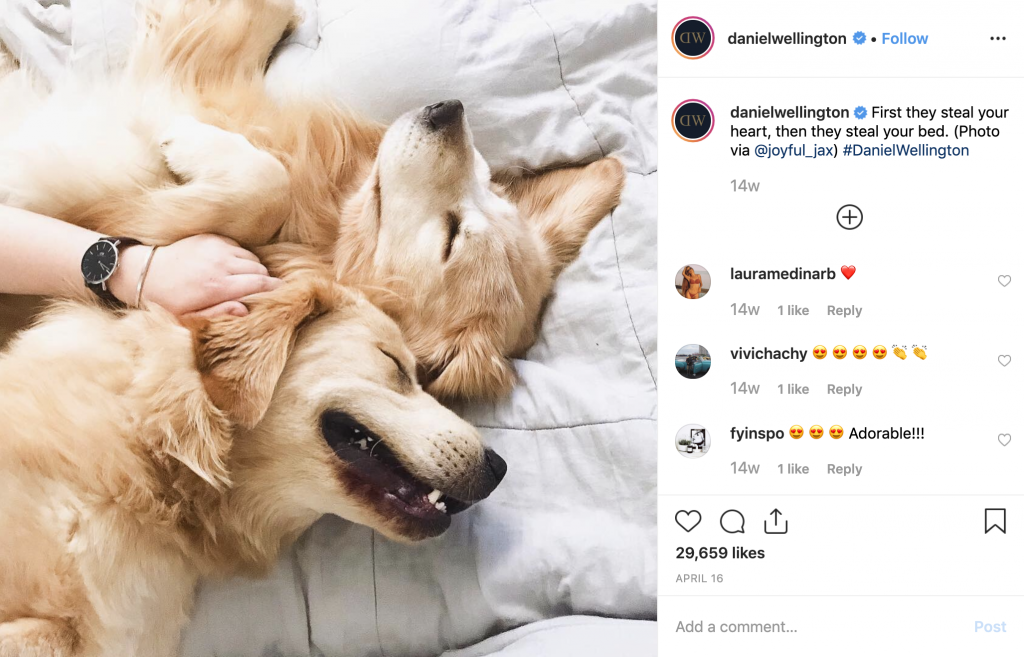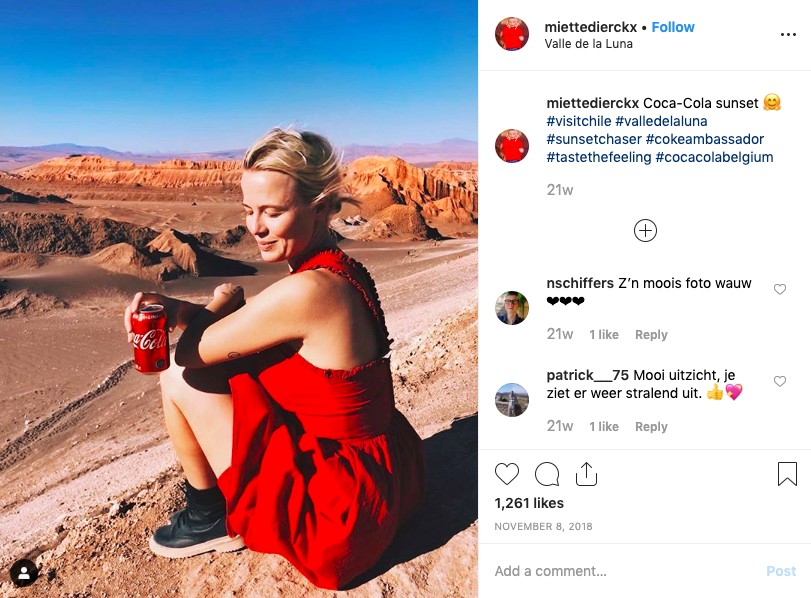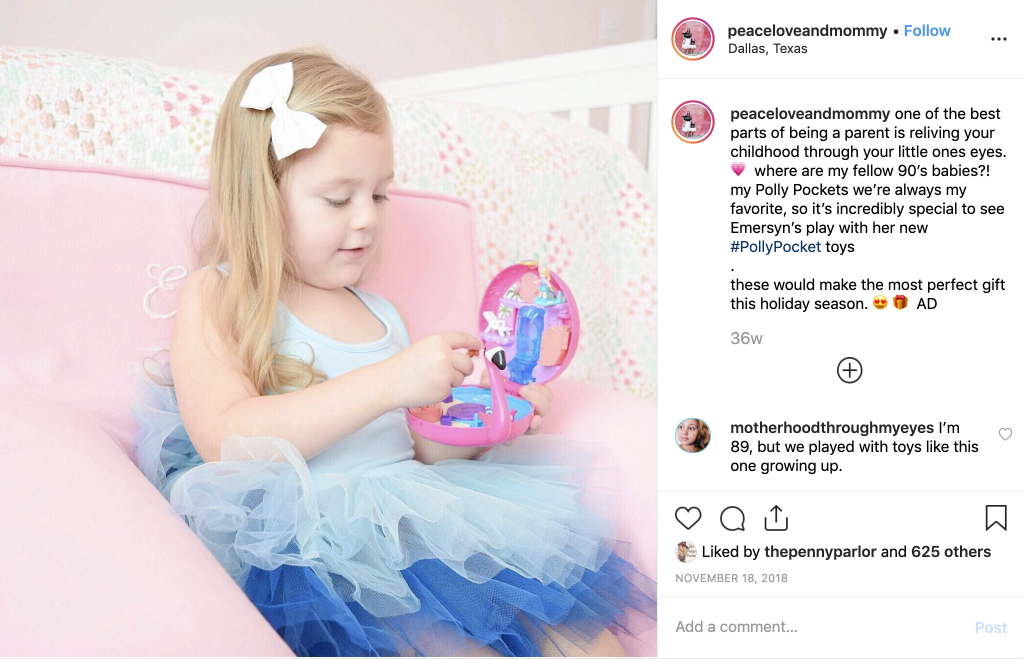These days, influencer marketing is just about everywhere. It’s difficult to go onto Instagram or YouTube without being inundated with examples of brands using influencers to tap into a new audience.
Why is this marketing tactic so popular? Because it works. According to the 2019 State of Influencer Marketing, 57% of marketers reported that influencer content outperformed their brand-created content. Customers prefer influencers’ content as well: 82% of consumers said they were very likely to follow the recommendation of an influencer they follow.
As we’ve seen the influencer marketing industry mature, we have also seen the industry face a lot of challenges. These challenges include fake influencers and followers, very high price tags, low engagement, and inauthentic content. The result is that influencer marketing is a risky investment for brands to make – with some brands investing heavily in a partner that simply doesn’t perform.
Enter the Micro-Influencer
As a response to the high-stakes investments required for working with big-name influencers, the industry has seen the rise of the micro-influencer. While there is no official definition or number of followers that makes someone a micro-influencer, they tend to have a following of 1,000– 100,000. These followings are comparatively smaller than their macro-counterparts and often don’t boast celebrity status. Their followers are interested in them because they feel an authentic connection to them or whatever made the influencer ‘Instagram Famous’.
Why use a micro-influencer?
So why would you want to partner with an influencer with a smaller following? Here are just a few great reasons:
- Micro-influencers will often cost far less than macro-influencers (those with followings larger than 100,000).
- Micro-influencers often have higher engagement rates than a macro-influencer: According to a study, micro-influencers generate 7x more engagement than the average generated by all influencers with larger followings.
- You can build a more authentic brand partnership. When asked how micro-influencers maintain the engagement of their followers, 99% say they believe in the products and services they promote. These influencers also report sharing authentic, quality content and engaging with their followers.
Now that we’ve convinced you of the value of micro-influencers, let us help you brainstorm campaign ideas. Below are 10 great examples of how brands are already leveraging micro-influencer partnerships.
1. Sperry Leverages Fashion Influencers and Brand Enthusiasts

Sperry Leverages Fashion Influencers
Source: The Shorty Awards
Known primarily for designing the first boat shoe, Sperry launched an influencer campaign to raise awareness for cold, wet weather shoes while positioning the brand in a more fashion-forward direction. Sperry launched this two-week campaign with a series of paid fashion influencers with highly engaged followings. These influencers posted their Sperry boots using #OOTD (outfit of the day). During the second week, they enlisted the help of Sperry brand enthusiasts to generate earned social posts, extending the reach of their paid posts.
Why it worked: Sperry focused their partnerships on influencers that felt a true connection to the brand and product.
2. Glossier Encourages All Women to Showcase Their Favorite Products

Glossier Treats Everyone Like an Influencer
Source: Glossier
Founder Emily Weiss believes that everyone, no matter how many followers they have on social media, has the ability to be a walking, talking ambassador for a product or idea. Weiss has let this sentiment be the guiding light for Glossier’s marketing since the company’s founding in 2015.
Glossier has an army of more than 500 ambassadors who routinely post about their beauty routines and the products they love. Through the company’s referral program, these participants get ‘paid’ in product discounts or other non-monetary incentives.
Why it works: Glossier was founded on the idea of minimal, simple beauty products and marketing. By regularly encouraging and featuring all of their customers to share about Glossier, they are able to remain true to their company values.
3. Audible Partners with Micro-Influencer Jesse Driftwood

Audible Partners with Micro-Influencer Jesse Driftwood
Source: @jessedriftwood
Audiobook brand Audible launched a campaign to promote their app with photographer Jesse Driftwood. Driftwood’s fans follow him for his amazing photographs, as well as his conversational approach to captions and ability to connect with his following. Through a simple anecdote about running (which many of us can identify with), Driftwood was able to authentically promote Audible. The result is a post that sounds like it’s a recommendation from a friend rather than an ad.
Why it worked: Audible gave Driftwood the freedom to promote the app in a way he knew his audience would relate to.
4. Daniel Wellington Reaches New Audiences through Influencer Marketing

Danielle Wellington Micro-Influencer Campaign
Source: @joyful_jax
Daniel Wellington is a watch brand that is often featured by fashion and style bloggers. In an effort to expand their reach to new audiences, the brand identified influencers representative of different styles and niches. In the example above, Joyful Jax shares a picture of her dogs (she posts about #dogmom life) while wearing her Daniel Wellington watch. This post reached a larger group of consumers in a new range of demographics and drove them to action through account-specific discount codes.
Why it worked: Daniel Wellington thought outside of their own industry to identify new partners and customers.
5. Coca Cola’s Campaign with Travel & Food Influencer Miette Dierckx

Coca Cola Partners with Miette Dierckx
Source: Miette Dierckx
Coca Cola partnered with Travel and Food influencer Miette Dierckx, along with 11 other Belgian influencers, to create content for the heritage soda brand. Dierckx’s content is on-brand for Coke, but is also consistent with her own posts. This ensures authenticity and a strong appeal to her niche – while still representing the brand well.
Why it worked: Coca Cola benefits from a long-term relationship with this micro-influencer. Long term influencer relationships are a great way to build reach and engagement over time.
6. Forever 21 Showcases Plus Size Fashion Influencer Kristal Heredia

Forever 21 Micro-Influencer Kristal Heredia
Source: Kristal Heredia
Forever 21, a household name in fast fashion, partnered with plus size fashion influencer Kristal Heredia to raise awareness for their plus-size brand, Forever 21 Plus. Heredia – known for her sense of fashion and fearlessly embracing her curves – was an ideal choice in promoting this collection. Forever 21 routinely also shares her posts to their Plus Size Instagram feed.
Why it works: Forever 21 capitalized on Kristal’s highly engaged fan base to build trust with her followers.
7. Mattel Sparks Nostalgia through Partnership with Mom Blogger

Mattel’s Micro-Influencer Campaign
Source: Peace Love And Mommy
When Mattel re-launched the Polly Pocket, a popular toy from the 1990’s, they partnered with influencers who remembered the original version. Sponsored posts by mom blogger, Peace Love and Mommy, feature her daughter playing with the same toy that many of her followers would have also played with growing up.
Why it works: Mattel identified influencers by looking at the specific demographics that could relate to the Polly Pocket with nostalgia. The result is a promotion that capitalized on the shared experience of reliving your childhood between the influencer and her followers.
8. Tom’s of Maine Creates Super Fans

Tom’s of Maine Super Fans
Source: The Brownfield Babes
Natural health brand, Tom’s of Maine, didn’t have the budget to pay their influencers, so they focused on turning their super fans into customer advocates. They incentivized their partners with free product, special discounts and early access to information like product launches and sales.
Why it works: Brands don’t always need big influencer budgets, especially when working with micro-influencers. Tom’s used their understanding of what their customers value to create incentives that would motivate content creation and engagement.
9. Boxed Water Encourages #ReTree Micro Creators

Boxed Water Works with Influencers
Source: A Pinch of Lovely
Boxed Water developed the #retree campaign to encourage environmentally conscious consumption and fight against deforestation globally. For every Instagram post that promoted Boxed water with #ReTree, they promised to plant 2 trees in the national forests.
Boxed partnered with both high profile influencers/celebrities like dancer/actress Julianne Hough and actor Aidan Alexander, to kick off this campaign. They tapped into these large followings by getting Hough and others to share the campaign on their profiles, encouraging their followers to get involved. Micro-influencers and non-influencers alike responded to the call-to-action, posting their own pictures of their Boxed Water.
Why it worked: Boxed made the most of their macro-influencers by getting them to engage their audience in the hashtag campaign.
10. Google Works with DIY Influencers The Sorry Girls

Google’s Micro-Influencer Campaign
Source: The Sorry Girls
Google worked with the DIY-focused micro-influencers, @thesorrygirls, to promote the tech giant’s new Pixelbook laptop. The Sorry Girls ran an Instagram giveaway contest with just one sponsored post, instructing users to like the image and leave a comment stating how they would use the Pixelbook if they won.
Why it worked: Google used engagement rates to identify this DIY duo. The single sponsored Instagram post generated 11,137 likes and 7,916 comments for an outstanding engagement rate of 59.4% – much higher than any macro-influencer would see on their posts.
Brands are refocusing their influencer strategy to focus on partnerships that will offer higher engagement, lower costs, better long-term relationships, and ultimately a better ROI.
Here are a few other influencer marketing posts you might find helpful:
- 7 Must-Know Tips for Effective Influencer Outreach
- How-To Guide for Calculating Influencer Marketing ROI
- 10 Tools to Help You Run a Highly Successful Influencer Marketing Program
Interested in learning best practices to develop your own influencer marketing strategy? Check out one of our social media strategy conferences, including dedicated influencer marketing programs and workshops.









